Parallel is a strategic card game that combines unique and complex mechanics with a sci-fi aesthetic. Unlike other games in the genre, it introduces a unique energy system called Banking, five factions with clearly defined styles, and complex abilities that require constant planning and adaptation.
In this guide, we explain everything you need to know to play, from the basic rules to the step-by-step of a real match.
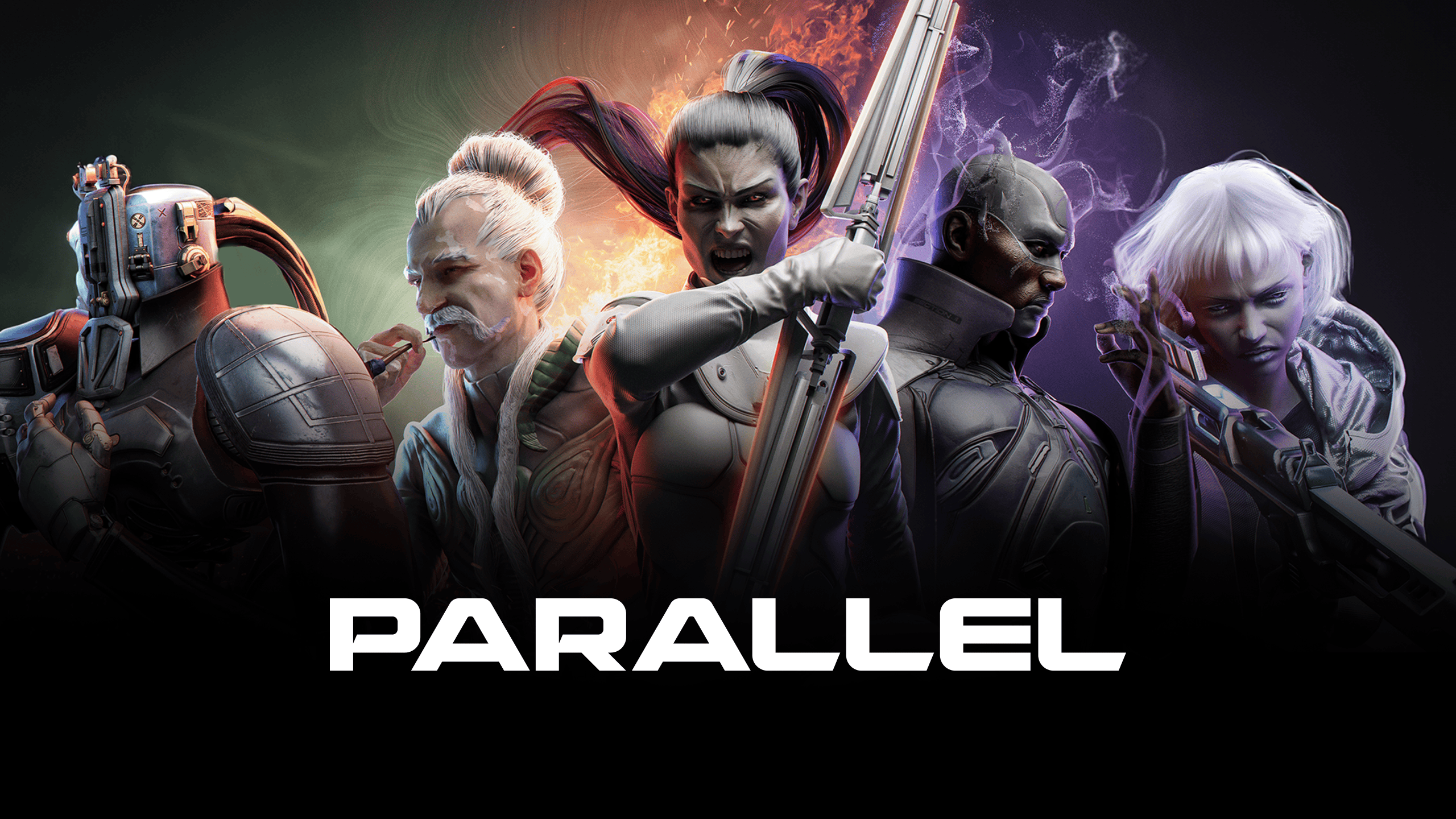
Mechanics Before Playing
Preparation
Before playing a match, you need to build a complete deck. A deck is made up of:
- 1 Paragon card, which represents your leader and defines passive or active abilities.
- 40 cards (not counting the Paragon).
It’s also recommended to maintain a balance between different types of cards:
- Units: Creatures that attack, block, and stay on the board.
- Relics: Permanent cards with ongoing effects.
- Spells: One-time effects that activate when played.
- Energy: There’s no mana; you use the "Bank" system to gain energy.
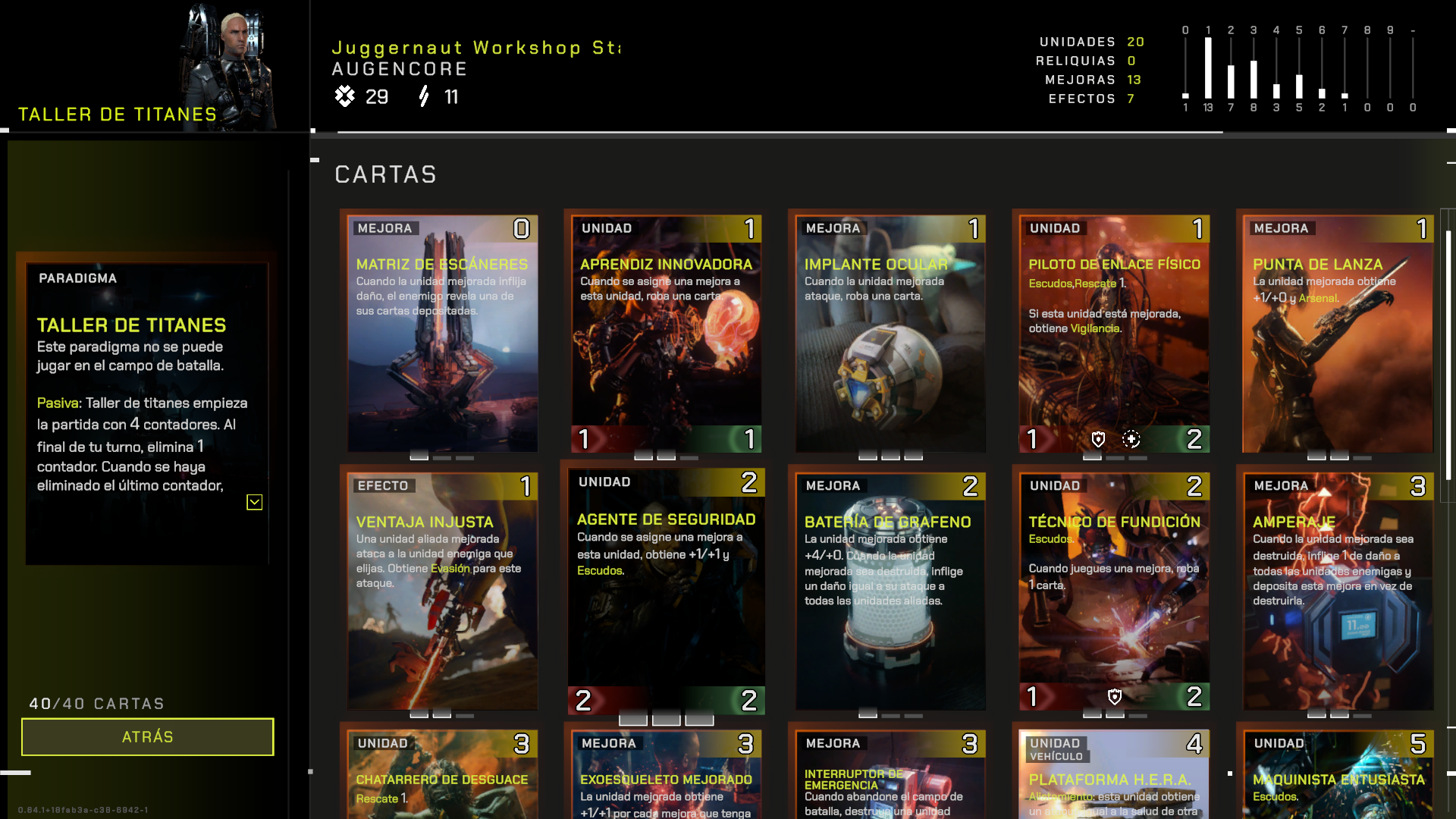
Paragons and Factions
Each Faction has its own Paragons. These define your deck's playstyle with unique abilities. Some can enter the field as a unit, while others only provide passive effects. You can’t mix cards from different factions (except for a few universal cards). Here are the faction types and their Paragons:
Shroud (Stealth, traps, and mind games).
- Niamh: You can’t use cards that cost 6+. Summons random units based on triggered effects.
- The New Dawn: Interacts with the Singularity. Allows you to recover cards and reveal the enemy deck.
- Brand: Creates Corrupted Visions. Strengthens the Singularity after battles and transforms defeated enemies.

Augencore (Technology, energy generation, and combos).
- Jahn: Enhances Salvage. Doubles bank upgrades and equips them.
- Arak: Enhanced units generate Nanobots when they die.
- Juggernaut Workshop: Gains counters to create powerful Juggernauts. Cannot enter the field.

Marcolian (Aggressive and direct play).
- Lemieux: Starts with an infiltrator. Can destroy, recover, or boost units (or all with Assault).
- Catherine: Second unit each turn gets upgraded. Attacks automatically at the end of the turn.
- Armoured Division HQ: Boosts vehicles and allows card draw. Can’t attack.

Kathari (Sacrifice, graveyard manipulation).
- Gnaeus: Strengthens units that survive after attacking.
- Scipius: Generates Adjutants when banking and reuses previous Muster.
- Aetio: Discards cards with each new unit. If the deck is empty, summons a powerful combined unit.

In-Game Mechanics
Abilities and Keywords
Some keywords you'll frequently see:
- Stealth: Can’t be targeted by attacks or spells until it attacks.
- Overwhelm: Excess damage goes to the player.
- Lifesteal: Heals the player by the amount of damage dealt.
- Energy Drain: Removes energy from the opponent.
- Sentry: Can block units with Stealth.
Mulligan (Initial Hand)
At the beginning of a match, you draw 5 cards. You have one chance to replace all or some of them (this is called a mulligan). The cards you change go back to the deck and are replaced with the same number of new ones.
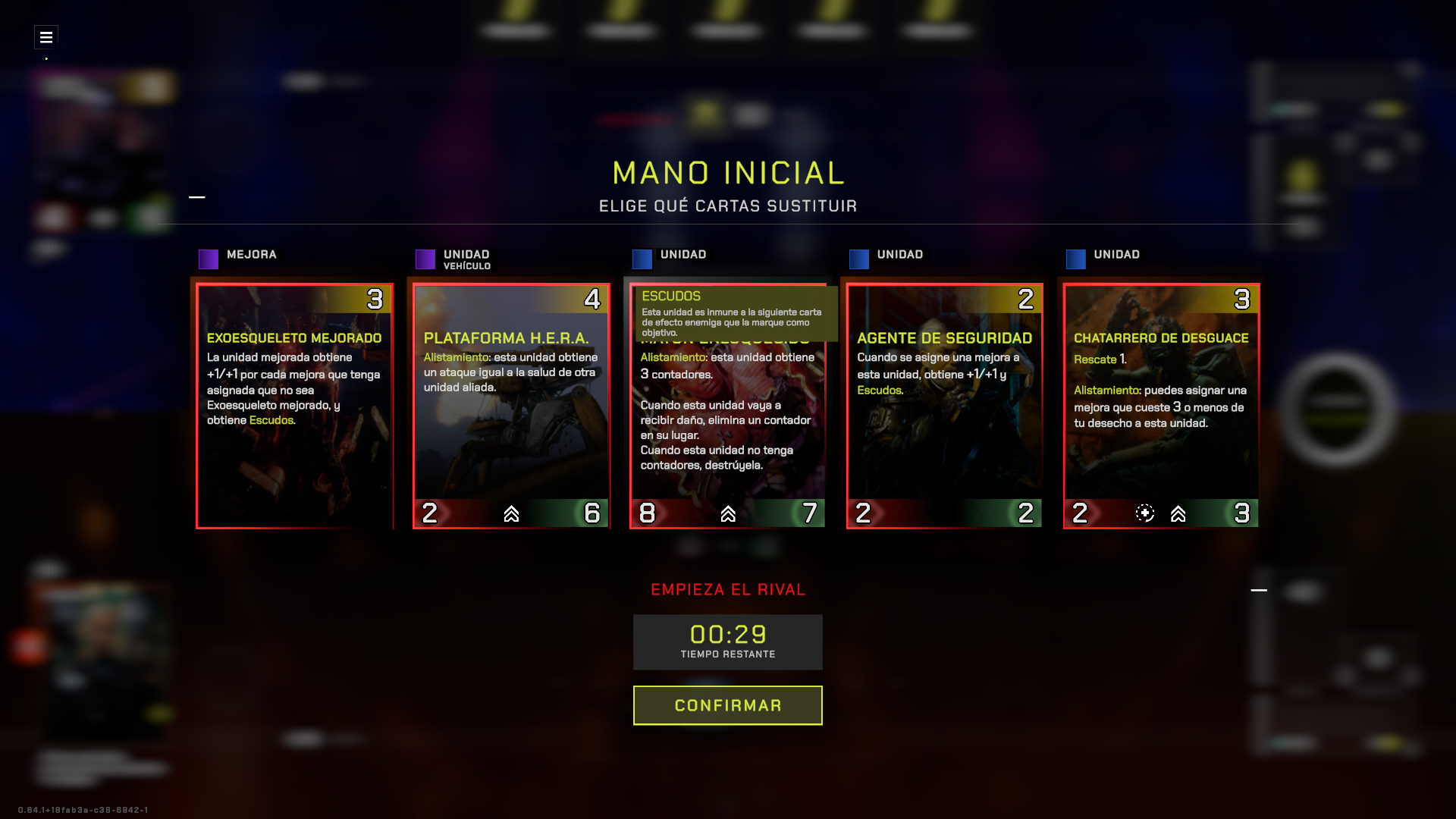
Banking (Energy System)
Instead of using mana or lands, Parallel uses the Banked Energy system:
- Once per turn, you can place one card from your hand into the Bank (drag the card to the energy section).
- That card is removed from the game but counts as permanent energy.
- The number of cards in your Bank defines how much energy you have that turn.
That is, if you have 4 cards in your Bank, you can play cards that total up to 4 energy cost.
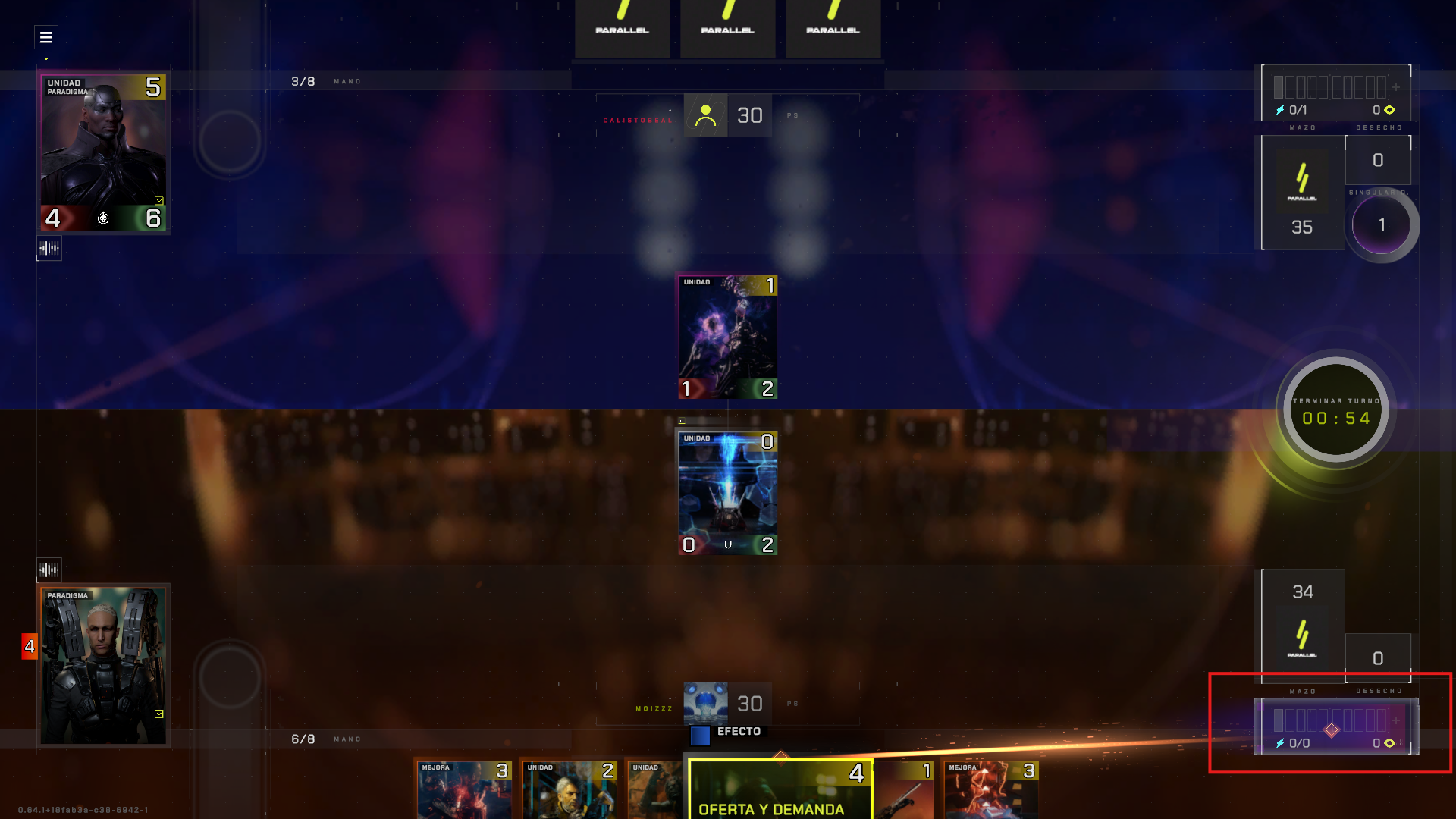
🕹️ How to Play in Parallel:
In Parallel, each match unfolds through alternating turns between two players. During your turn, you’ll be able to perform key actions like playing cards, activating abilities, attacking, or preparing your strategy for the next turn.
The goal is to reduce your opponent’s life points to zero, but to do so, you'll need to build a solid energy base, manage your resources well, and make smart decisions at every stage.
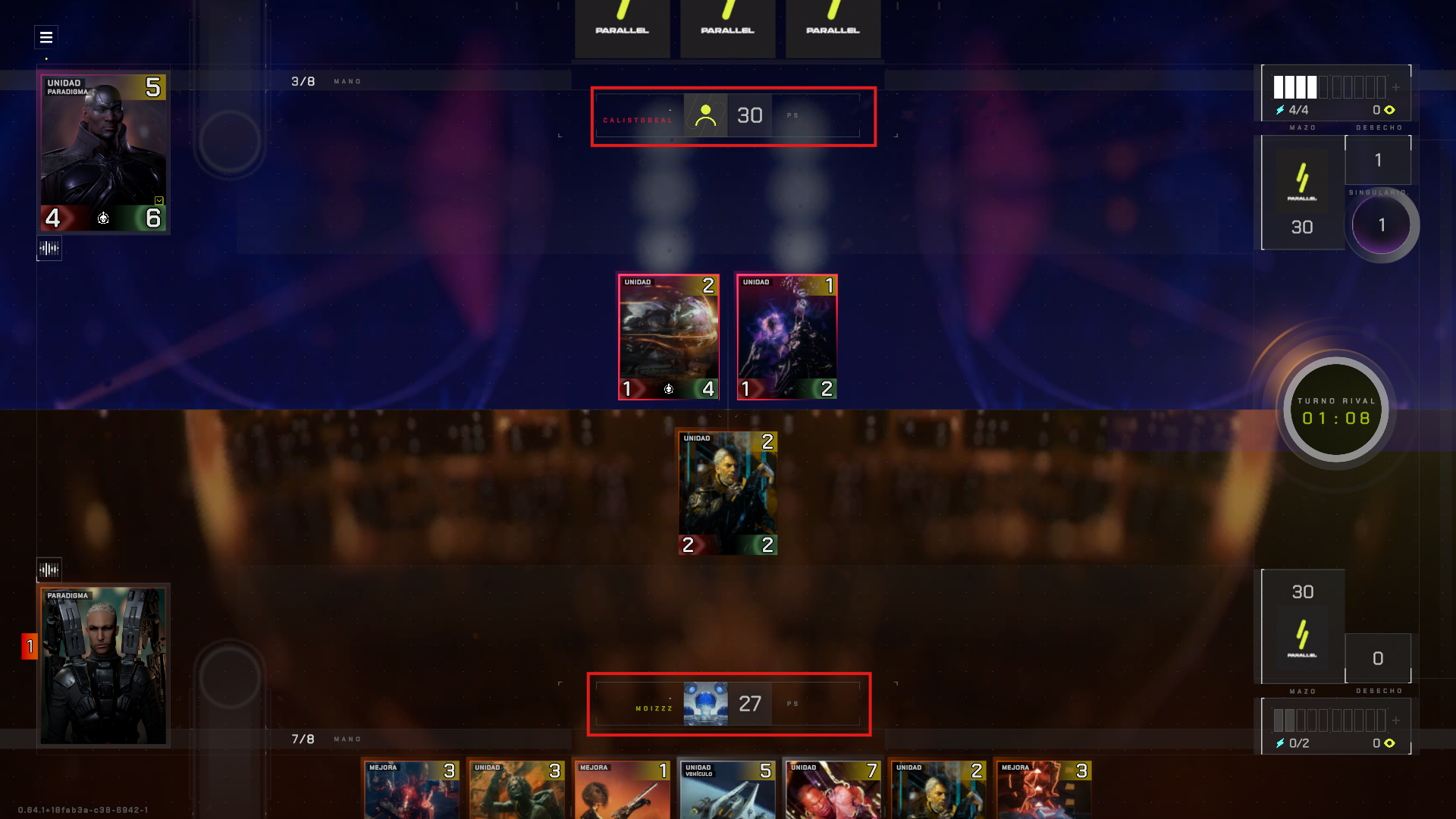
How a Turn Works in Parallel:
Start of the Turn
Each turn starts with the start phase, where you simply draw a card from your deck. It’s also when your available energy is refreshed, based on the number of cards you’ve placed in your "Bank".
This energy is what you’ll use during your turn to play cards or activate abilities.

Main Phase
This is where most of the action happens. Here you can play cards from your hand, such as units, spells, or relics. You can also place a card in the "Bank", which doesn’t cost energy, but sacrifices that card to turn it into a permanent resource.
This is a critical part of the game because you must decide whether to keep that card for later or turn it into energy to keep up the pace. The decisions you make in this phase will directly impact your ability to play cards in the upcoming turns.
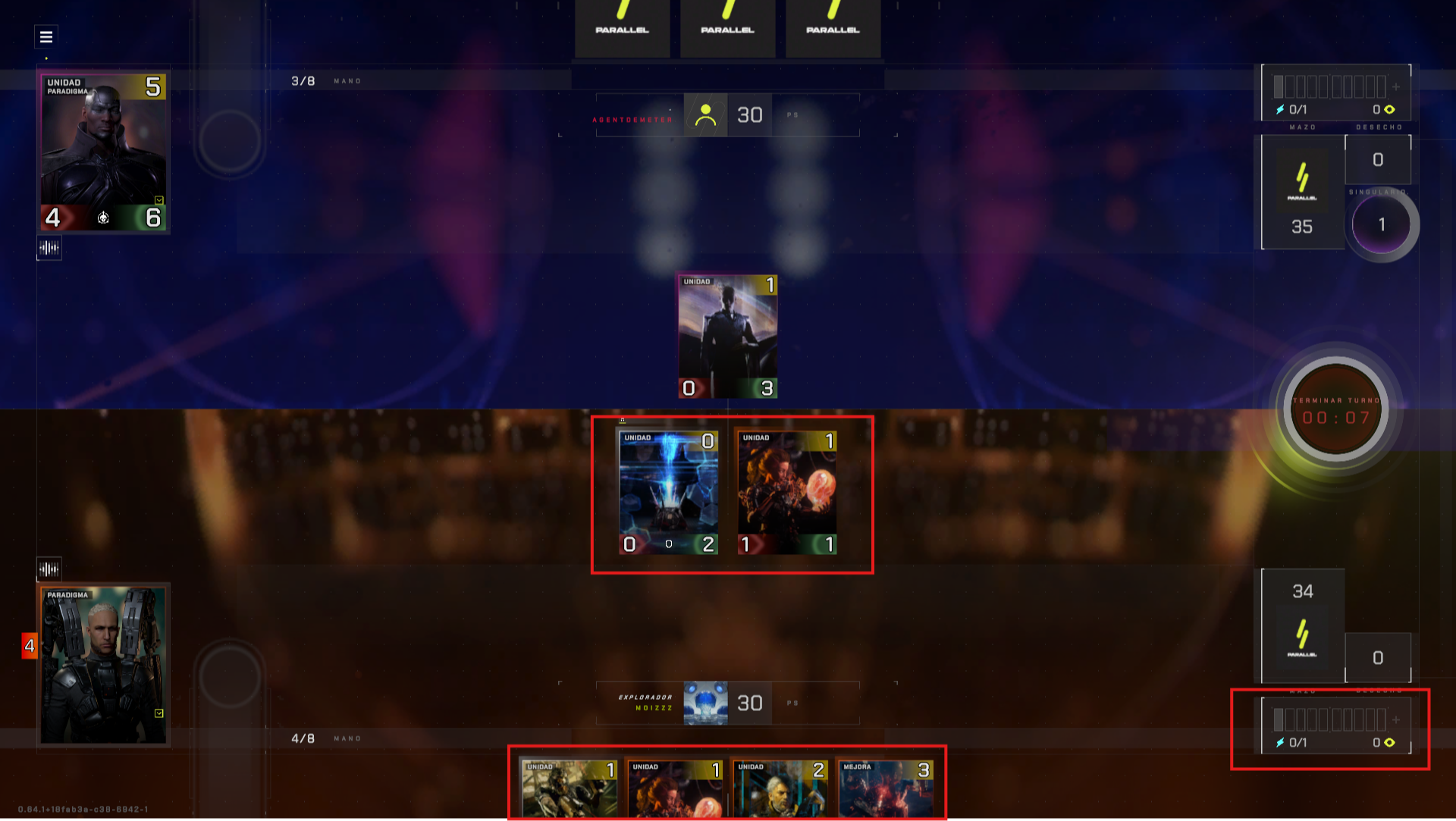
Combat Phase
If you have units in play that have been on the field since the previous turn, you can move to the combat phase. During this phase, you choose which units to attack with. Then the defending player decides whether to block those attacks with their own units or let the damage go directly to their life points.
You can also play certain cards that deal damage directly to the opponent instead of their defending cards.
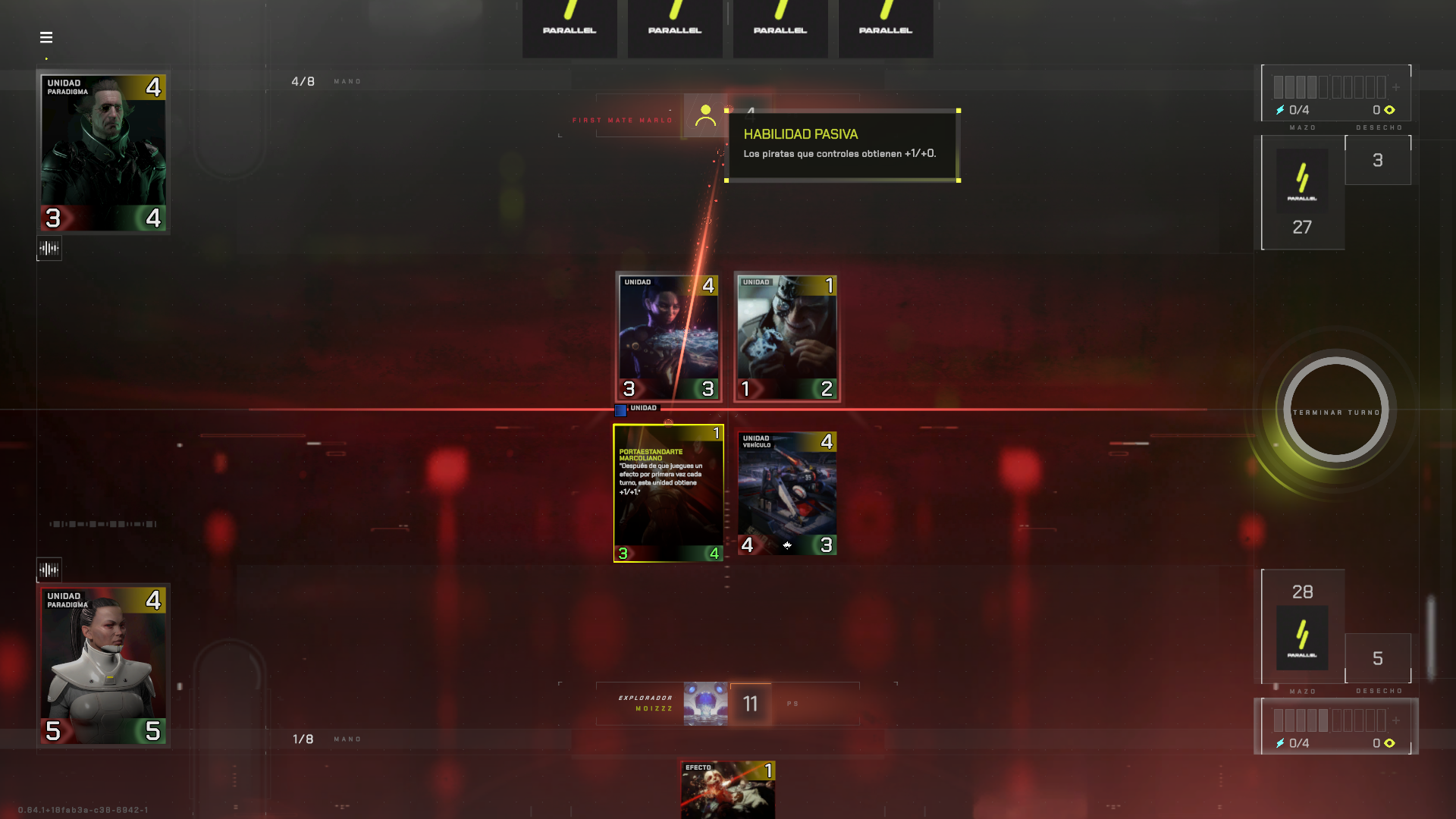
End of the Turn
Once combat ends, the turn is over. This is the final phase, where you simply wrap up your actions. Battles are resolved by comparing a unit’s attack to the other’s life, and units that take damage equal to or greater than their life are destroyed.
If for some reason you have more than seven cards in hand, you must discard until you only have seven. This forces players to manage resources wisely and not hoard cards.
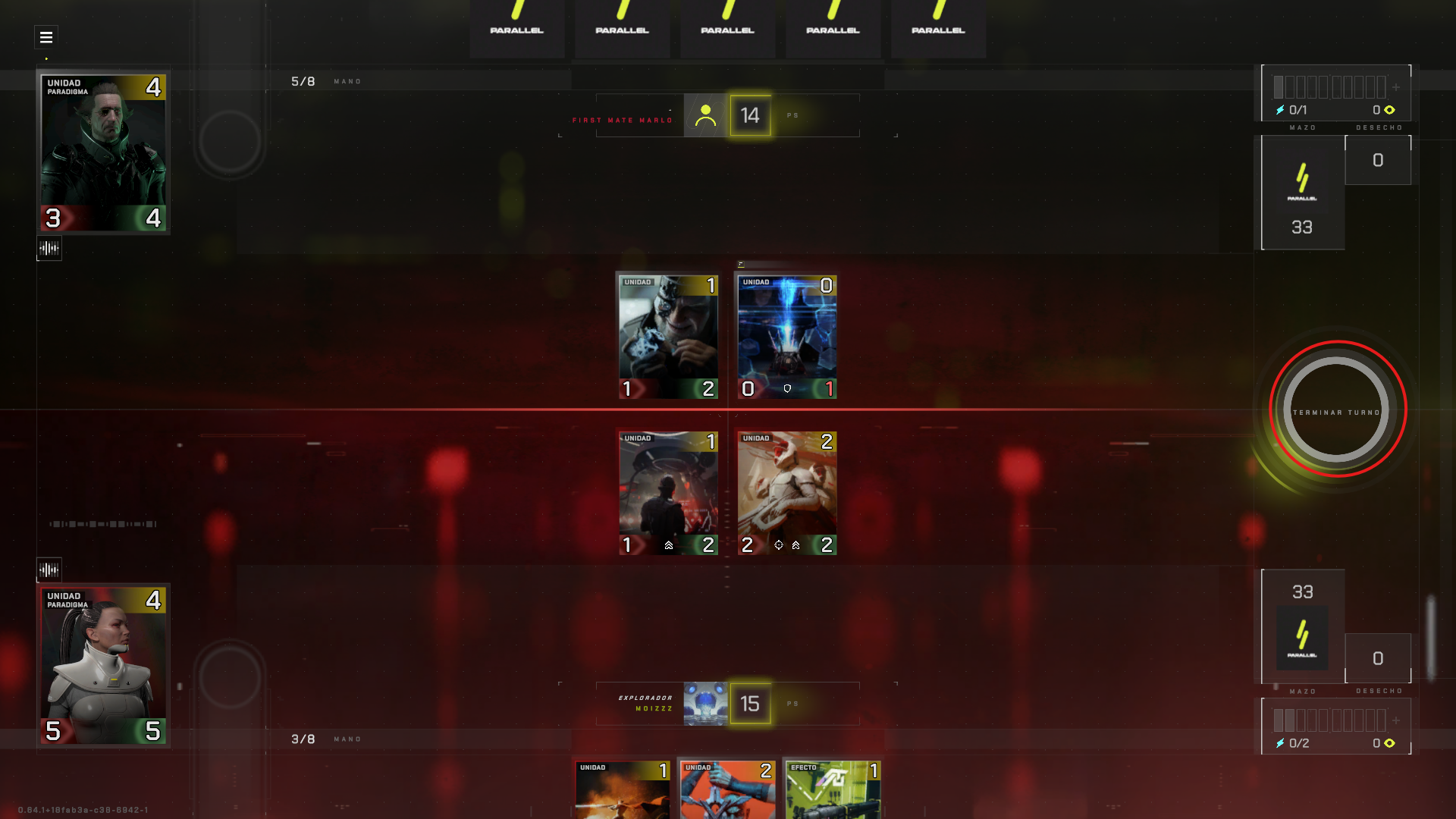
After your final phase, the turn passes to your opponent, who will repeat the same flow: draw, play cards, attack, and end their turn. Turns alternate this way until one player brings the other to zero life. There are no complicated phases or unnecessary interruptions, but due to the freedom of choice each phase offers, strategy becomes fundamental.
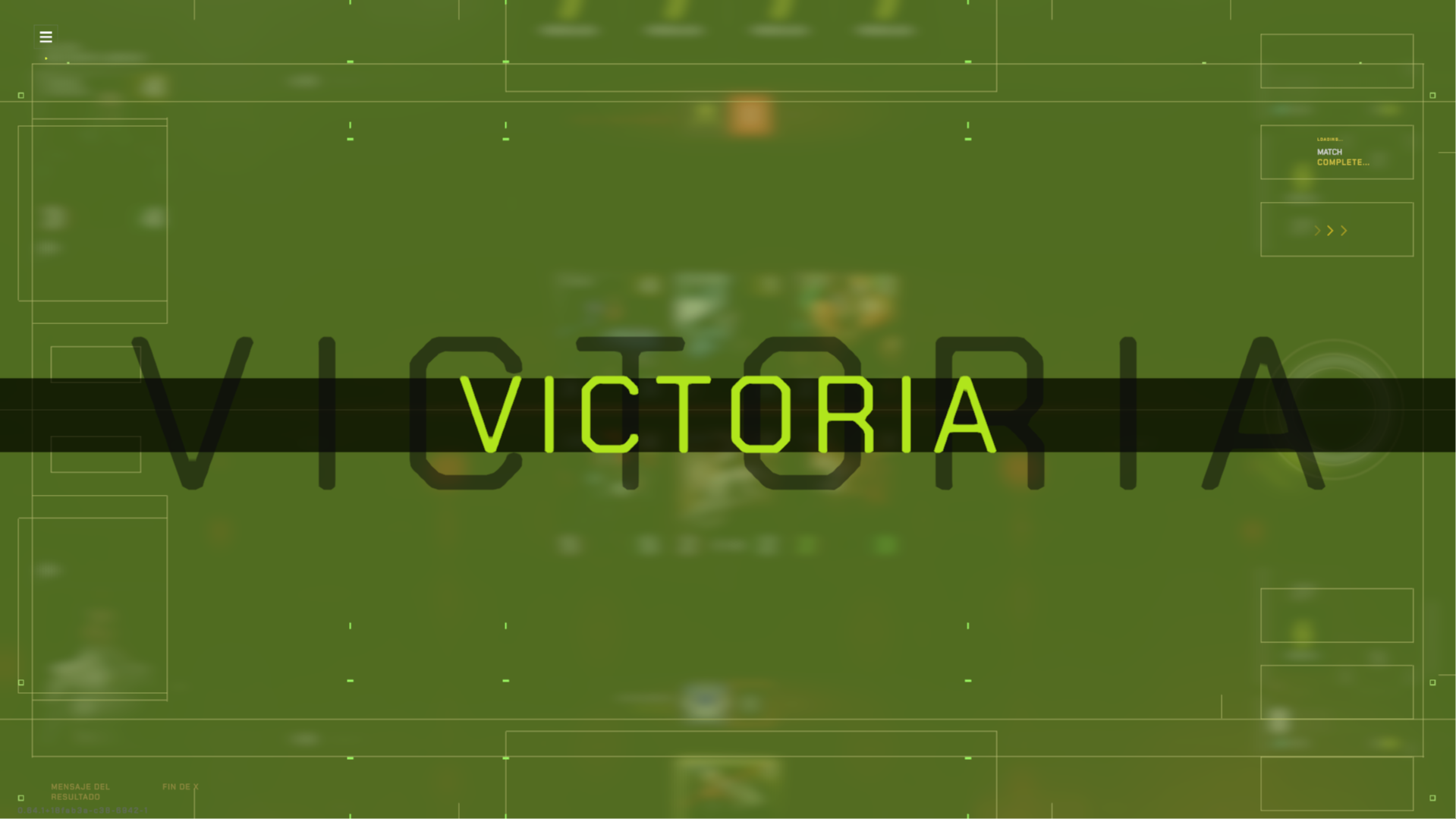
Basic Strategy
- Early turns: Prioritize putting cards in the Bank and defending yourself.
- Mid turns: Aim to control the pace of the game.
- Late turns: Use your best cards and your Paragon’s ability to finish the game.
💡 Tips
- Don’t put all your good cards in the Bank; evaluate carefully.
- Learn your faction’s rhythm (some are more aggressive, others are control-focused).
- Use mulligan wisely.
- If you're just starting, play with free decks and try the "Training" mode.

Don’t miss out!
| Discord | Play Now |
10
0
NEWSLETTER
Subscribe!
And find out the latest news
Other news you might be interested in
Etiquetas







